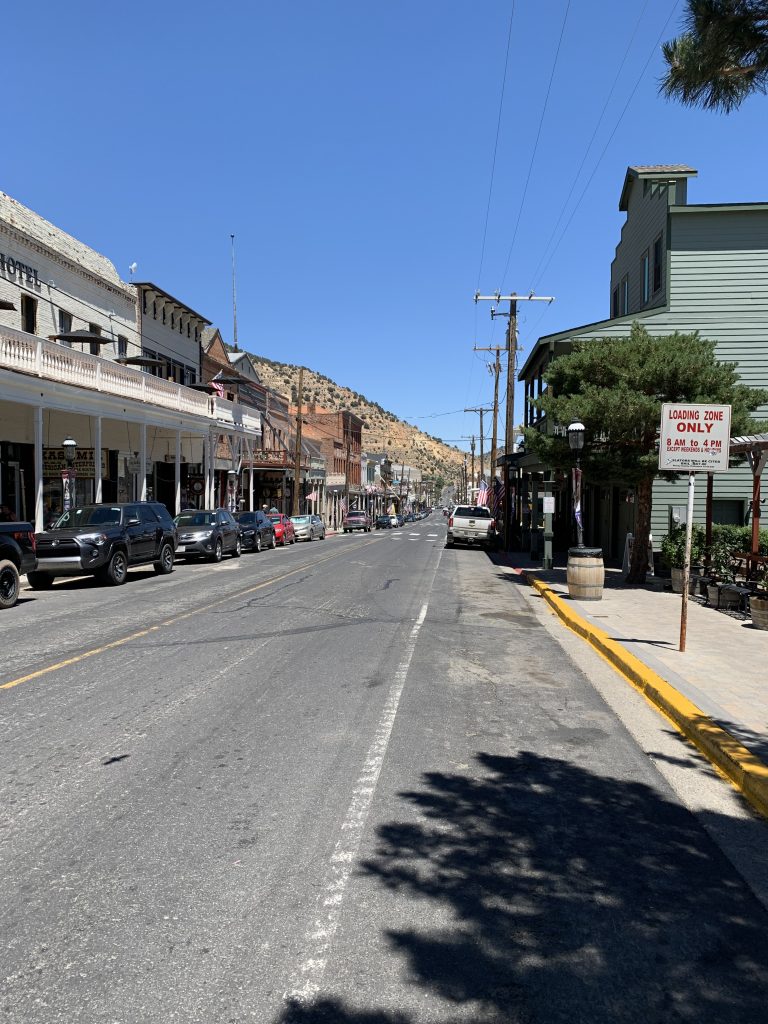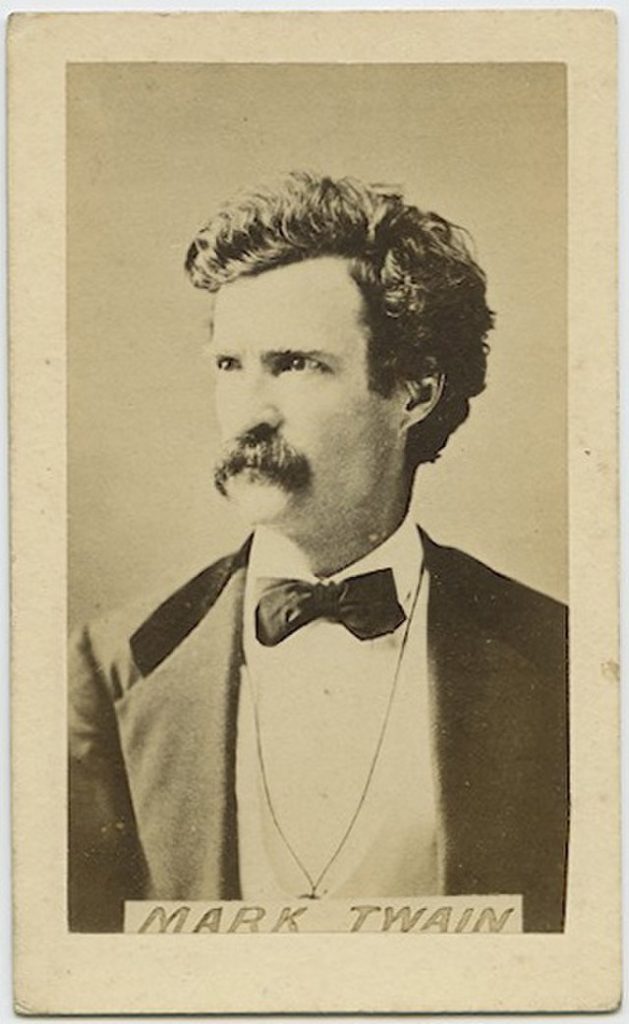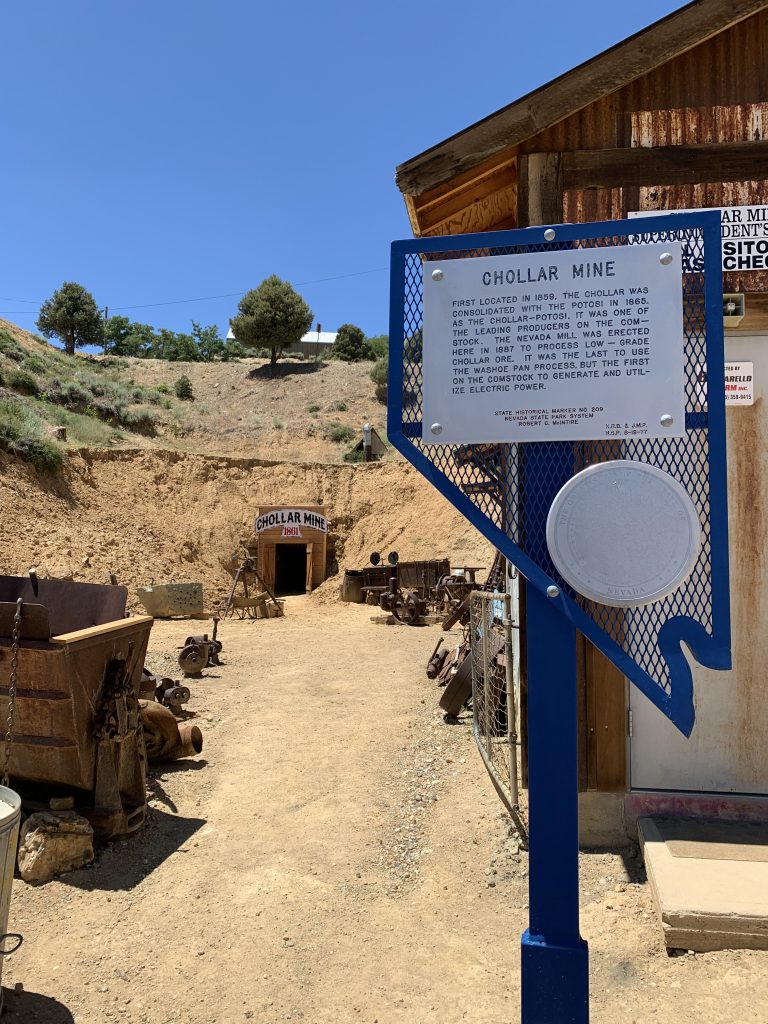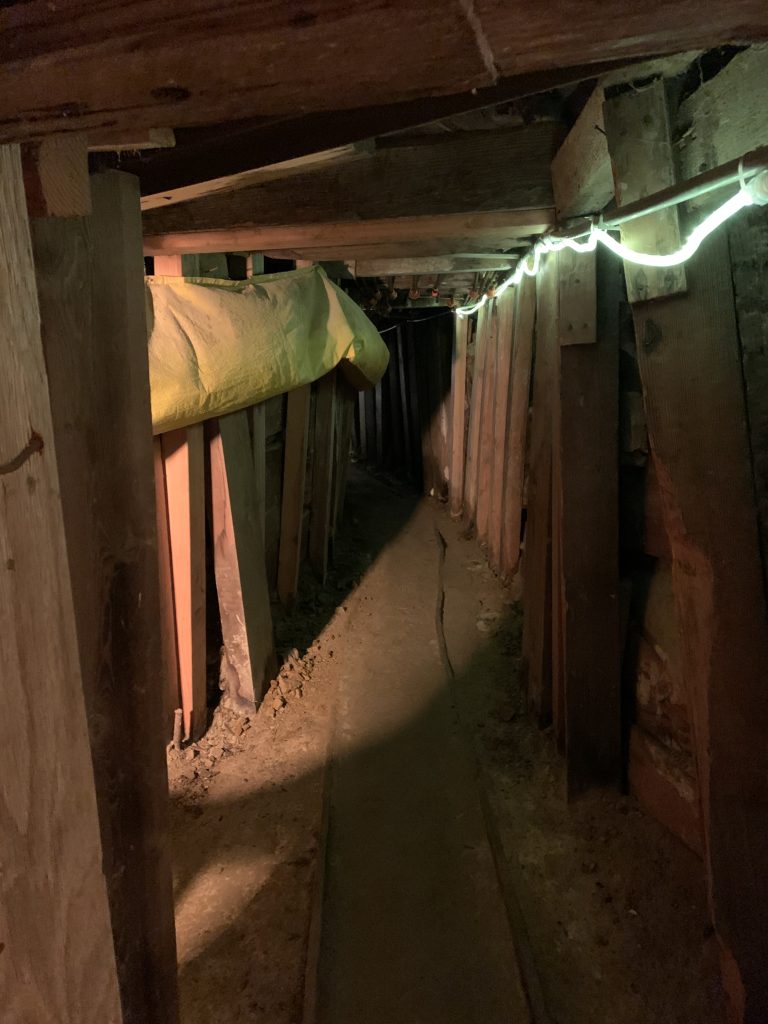Civil War Encounters Touring the West: Part Two – Confederate Army Activity in Nevada?
After a couple of days, my western road trip shifted from Utah into Nevada. My wife Brittany and I crossed the state using old U.S. Highway 50, the loneliest road in the country, on our way towards California. Nevada was only meant to be a crossover state with no stops, but when I found we had some time, I expressed an interest in seeing Virginia City, Nevada. Brittany agreed and we were off through the mountains to check it out. I already knew a lot about Virginia City from previous research and the chance to see it firsthand was something I could not pass up. Many may not realize it, but during the Civil War the town was a gathering point for Confederate sympathizers. Even the Confederate army enacted recruiting efforts there!
Confederate soldiers operating in Nevada! At first glance, it seems quite farfetched. However, Nevada was thought by many to be up for grabs in the Civil War. Nevada was officially organized as a territory on March 6, 1861. Abraham Lincoln had been president for just two days. It also became a state under Lincoln’s eye in 1864, famously sending its entire draft constitution east by telegraph. People flooded Nevada in the 1860’s searching for silver first discovered there in the late 1850’s. Even a young Samuel Clemens was “smitten with the silver fever” as he “dreamed all night about Indians, deserts, and silver bars.”[1] He went to Nevada to help his brother, the territorial secretary, but soon abandoned that venture to mine. Eventually, he took up writing newspaper columns, and it was during his time in Virginia City that he first used the pseudonym, Mark Twain.[2]

Virginia City, so named because of the number of Virginians there upon its formation, quickly became the epicenter of everything. Swelling to a population as high as 15,000 during the war, the town was built on the edge of a mountain. Men there spent the day mining beneath the town (blowing up powder charges under the town on the edge of a mountain!) and all night drinking themselves to prepare for another day, all hoping to stake a lode and strike it rich. As much as $20 million in silver was sent to banks in San Francisco annually from Nevada.
Virginia City swelled with the silver boom, establishing shops, bars, saloons, restaurants, and theatres. But it was certainly a frontier town where money and might ruled. “Virginia had grown to be the ‘livest’ town, for its age and population, that America had ever produced,” Sam Clemens wrote. “The sidewalks swarmed with people–to such an extent, indeed, that it was generally no easy matter to stem the human tide. The streets themselves were just as crowded with quartz wagons, freight teams and other vehicles.”[3] The most personal example I have found is a letter written by Clemens to his mother and sister. At the end of the letter, he suddenly added a postscript: “P.S. I have just heard five pistol shots down street – as such things are in my line, I will go and see about it.” A short while later Clemens returned to the letter to tell his mother what happened: “P.S. No.2 – 5 A.M. – The pistol did its work well – one man – a Jackson County Missourian, shot two of my friends, (police officers,) through the heart – both died within three minutes.”[4] Such was life in Virginia City.
There was talk of many Southern sympathizers in Virginia City, so many that the army took action to protect the territory. In 1861, after hearing about plots “involving the territory in the cause of secession,” General Edwin Sumner, who supplanted Albert Sidney Johnston commanding the Pacific Coast that year, dispatched troops to Nevada.[5] A company of the 6th U.S. Infantry garrisoned Fort Churchill, near Virginia City on the Pony Express route, while another company of dragoons garrisoned the territorial capital of Carson City. Those dragoons reportedly “succeeded in disarming several parties of secessionists.”[6]

There indeed were Confederate plotters and sympathizers in Nevada. Samuel Clemens did not reach the territory until late 1861, only after his brief sojourn in a Confederate partisan unit in Missouri. California congressman Dan Showalter was captured in Nevada trying to organize Nevada and California secessionists into a company to ride east.[7] Indeed, to some Virginia City appeared a “stronghold of secessionist sentiment.”[8] However, as the Civil War continued and the town’s population grew, the ratio of Southerners and Northerners greatly favored those from loyal states.
Recognizing there may be Southern sympathizers abounding, the Confederacy managed to get an officer there in 1864, a Captain H. Kennedy. He was supposed to go to California to recruit for the Confederate army. Upon reaching San Francisco in July 1864, via a land journey across Mexico and a ship north to California, Kennedy found men “anxious to come to the Confederate army, but a want of means prevented most of them from attempting it.”[9] They advised him to go to Virginia City, where even more sympathizers were.

Making the trek to Nevada Territory, Captain Kennedy indeed found men expressing interest in joining the Confederate army. “I made some arrangements with men friendly to the Confederate States,” Kennedy wrote in his report, “as initiatory steps to the formation of a party to march overland to Western Arizona, and found many true Southern men willing to enlist in the expedition.”[10] The plan was unraveled when an informant alerted U.S. forces in Nevada and California of Kennedy’s activity. “We are satisfied that there they are now congregating,” the informant told U.S. officers, “ostensibly to mine but really to raid, and have a good supply of arms and ammunition and provisions” ready for “a general uprising of the secesh forces.”[11]
With his recruiting efforts exposed, Kennedy left with a handful of men for California in August 1864. They hid in California’s mountains for two months before Kennedy boarded a San Francisco steamer for Mexico. He only returned to the Confederacy in February 1865, with no California or Nevada recruits. Distance, Unionist agents, military garrisons, and time proved too much for Captain Kennedy’s ambitions in Virginia City.

Brittany and I reached Virginia City late in the morning and spent several hours touring the town, likely the only people there because of its Civil War history and not its Mark Twain or western history. It is a large tourist destination for people staying in nearby Reno, boasting wooden boardwalks in front of period buildings along the town’s main thoroughfare. Historic and original buildings all have markers on their walls denoting their significance. There is a western show, Mark Twain Museum, and lots of shopping. We spent our time in Virginia City touring the Chollar Mine, one of the originals first set up in the 1850’s silver bonanza. It offered a good look at the technology used in 19th century mining, though it felt awfully odd being in the mine, knowing it was directly under the town, on the edge of a mountain, with explosives going off underground constantly in its heyday. It is a wonder the whole town did not just fall off the side one day.
If you want to learn more about how Virginia City, or how it and other mining towns were a crucial part of the economic side of the United States war effort during the Civil War, be sure to check out my upcoming book Treasure and Empire in the Civil War: The Panamá Route, the West and the Campaigns to Control America’s Mineral Wealth, set for release in late 2023.
Stay tuned for the next Civil War stop in my travels through Utah, Nevada, California, and Oregon. Next stop: San Francisco, California!
Endnotes:
[1] Samuel Clemens, Roughing It, (Hartford CT, American Publishing Company, 1891), 20, 193.
[2] Albert Bigelow Paine, ed. Mark Twain’s Letters. (New York: Harper & Brothers Publishers, 1917), Vol. 1, 87.
[3] Clemens, Roughing It, 302-303.
[4] Samuel Clemens to Jane Clemens and Mrs. Moffett, April 11, 1863, in VA City NV, Paine, Mark Twain’s Letters, Vol. 1, 89
[5] Elijah R. Kennedy, The Contest for California in 1861: How Colonel E.D. Baker Saved the Pacific States to the Union, (Boston MA: Houghton Mifflin Company, 1912), 222.
[6] Ibid.
[7] Francis P. Faquhar, ed., Up and Down California in 1860-1864: The Journal of William H. Brewster, Professor of Agriculture in the Sheffield Scientific School from 1864 to 1903, (New Haven CT, Yale University Press, 1930), 551.
[8] Arthur G. Pettit, Mark Twain and the South, (Lexington, KY: University Press of Kentucky, 1974), 26.
[9] Kennedy to Pyron, February 20, 1865, The War of the Rebellion: The Official Records of the Union and Confederate Armies, Ser. 1, Vol. 53, 1046.
[10] Ibid, 1045.
[11] Mitchell, Thornton, and Johnston to McDowell, August 31, 1864, Ibid, Ser. 1, Vol. 50, Part 2, 962.